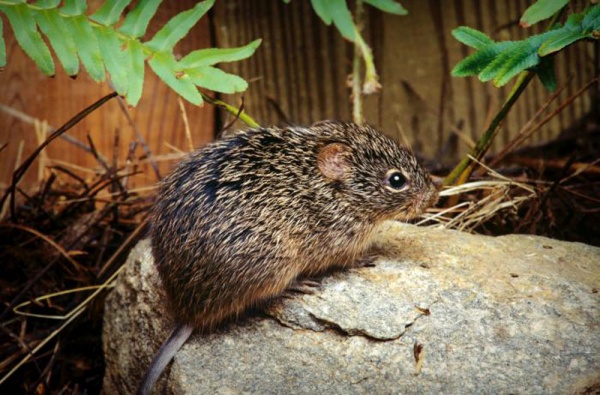Facts About Hispid cotton rat
The hispid cotton rat, or Sigmodon hispidus, was once believed to be a single species distributed across South America, Central America, and southern North America. However, new research utilizing mitochondrial DNA has revealed that it comprises three distinct species. The true S. hispidus ranges from the Rio Grande south to the Platte River in Nebraska, and from Arizona and Virginia in the west to the Gulf Coast in the east.
These rats thrive in habitats with abundant grass and some shrub cover, particularly favoring areas with monocots. They are commonly found in grassy clearings, fields, croplands, and alongside roadsides. Their diet is diverse; although they primarily consume green plants, they occasionally eat insects or small animals.
Hispid cotton rats are active year-round, predominantly at night, and they have two main breeding seasons. The females construct nests either on the ground or in burrows, and they can have between one to 15 offspring per litter. They are prolific breeders, often producing multiple litters a year depending on weather conditions.
These rats have numerous predators, including birds, reptiles, and mammals, serving as a vital food source for animals such as Swainson's hawks, red-tailed hawks, and bobcats.

 Mexico
Mexico